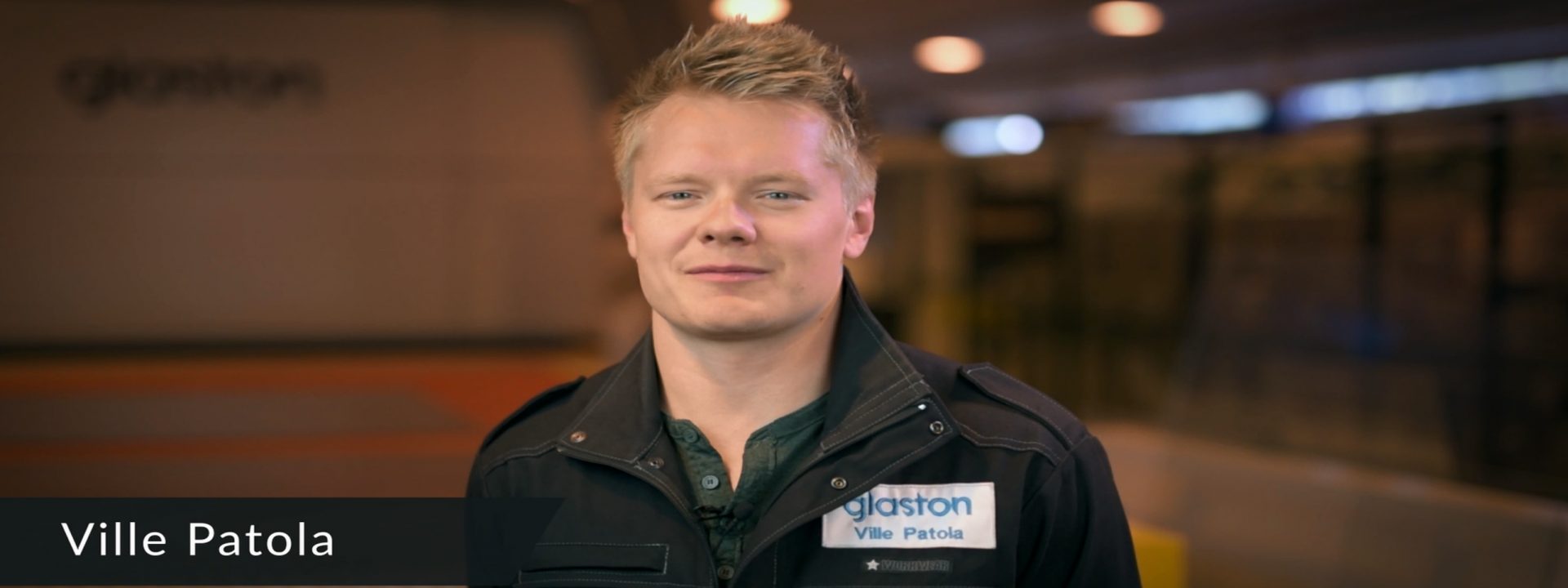
This week, we’re dealing with your excellent questions about glass processing. This latest #AskGlaston episode will cover the following two questions:
1. What is high-compression tempered glass, when is it used, how is it made and what are the advantages and disadvantages of it?
2. Can you tell the difference visually if the marks on the glass are from too much heat or dirty rollers?
For this week’s questions, see our full video response below!
As always, remember to learn, share and succeed!
What is high-compression tempered glass, when is it used, how is it made and what are the advantages and disadvantages of it?
Process-wise, high-compression glass is made the same way as tempered glass. There are two things you have to change though: you must heat the glass more and use more pressure in the chiller zone.
The use of high-compression glass includes fire-resistant applications and applications where you might need to reheat the glass.
The biggest disadvantage comes with the fire-resistant glass as it is more exposed to break on the edges.
Can you tell the difference visually if the marks on the glass are from too much heat or dirty rollers?
It is very difficult – almost impossible – to actually see it, but with a microscope or magnifying lens, you would be able to see if the marks on the glass are a “crater” type, which is related to the roller quality, or closer to an air bubble, which can be the outcome of tempering that is too hot.
Usually, if the glass has these markings, even though the roller quality and temperatures are good and low, it indicates that the glass is traveling on the edges. This means that there is too much convection or too high temperature coming from the top. This is especially the case if the markings are on the edges.
Sign up for Glastory newsletter
We answer your questions about glass processing. Let us know your challenges and we promise to do our best to help you.
Comments are closed.